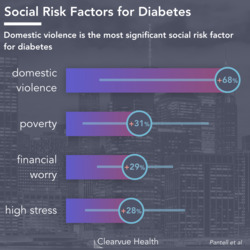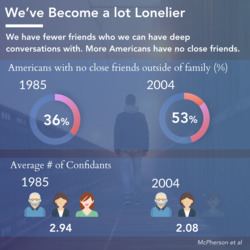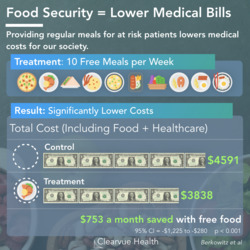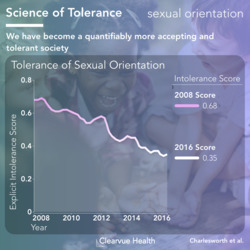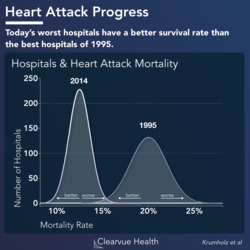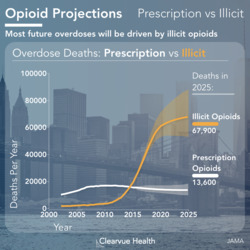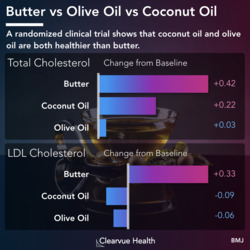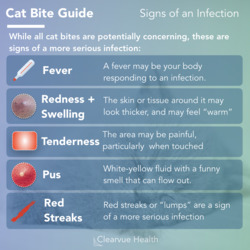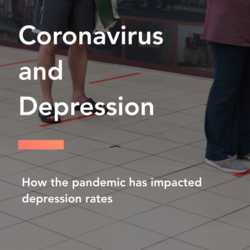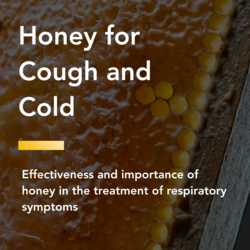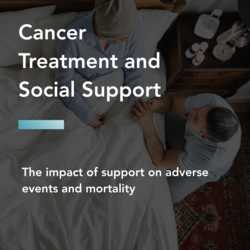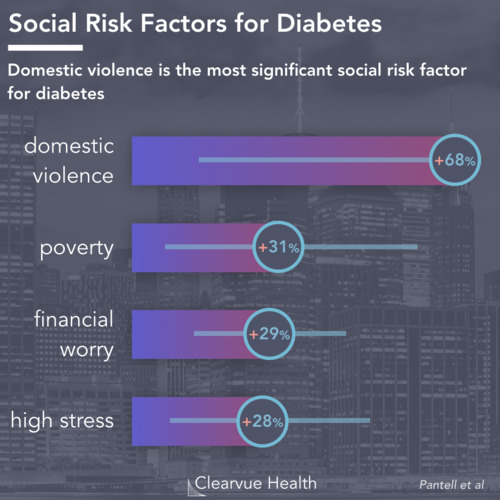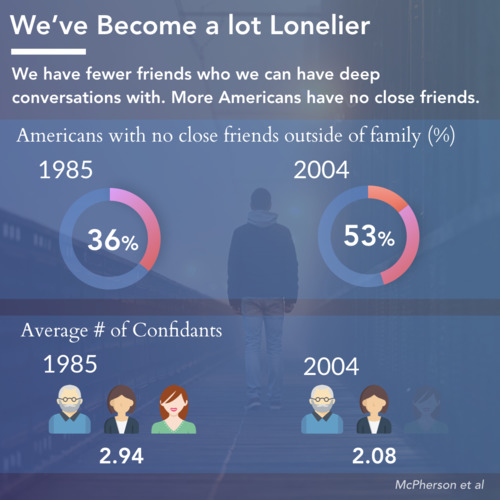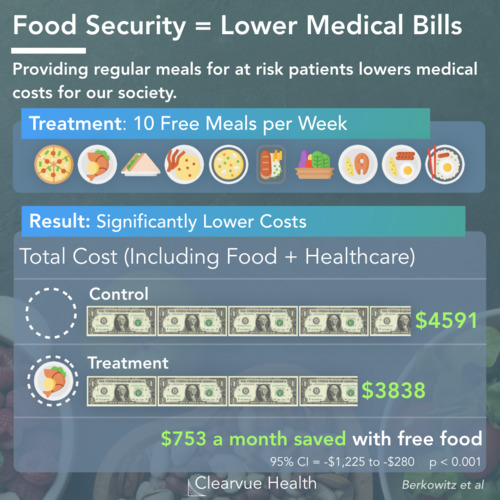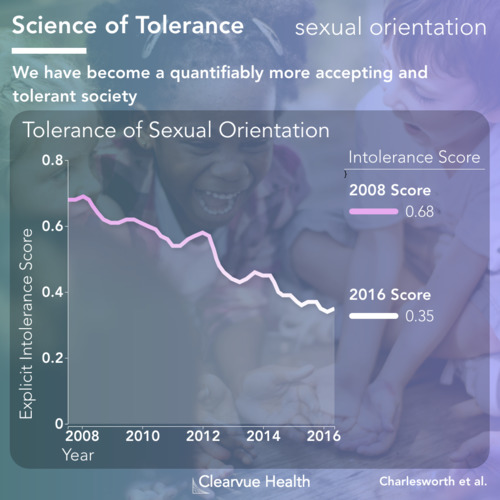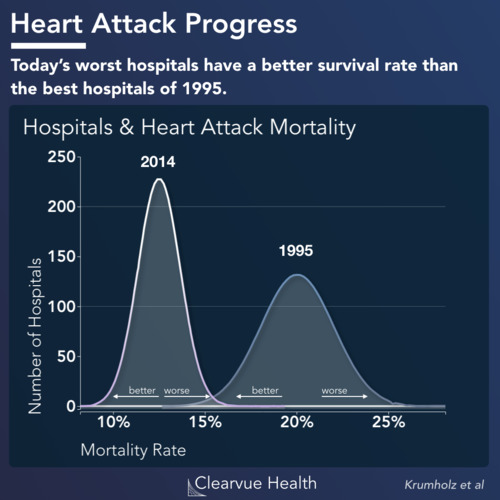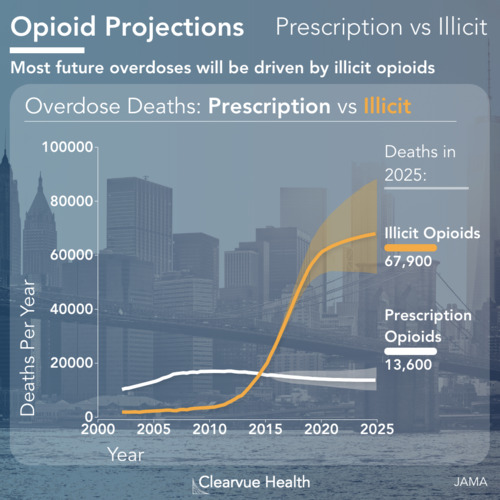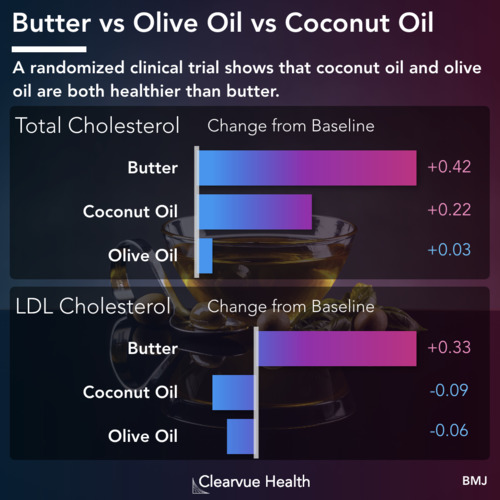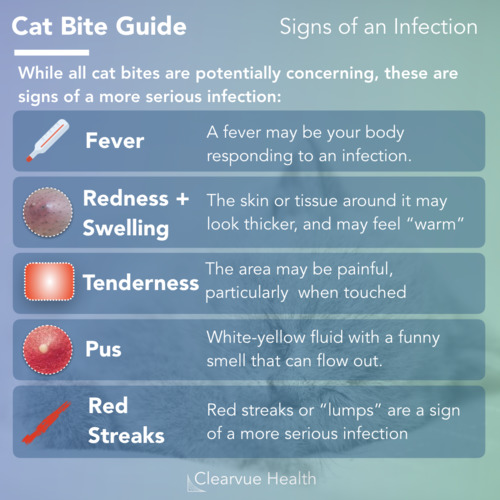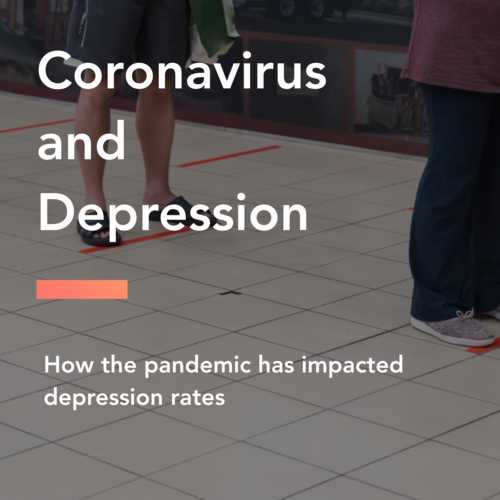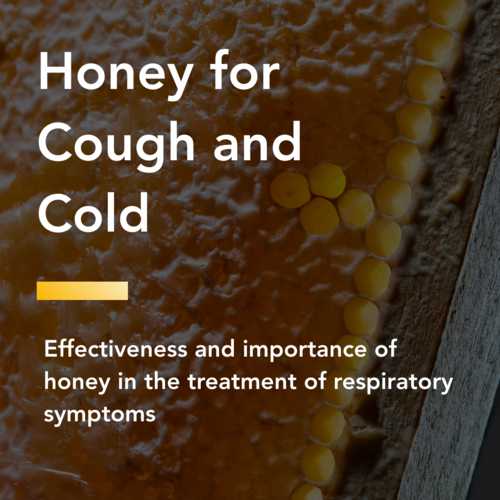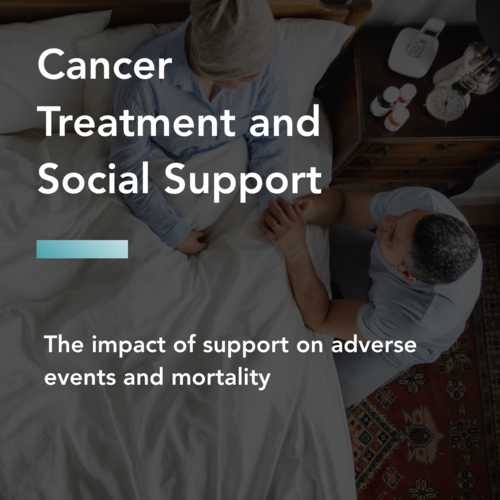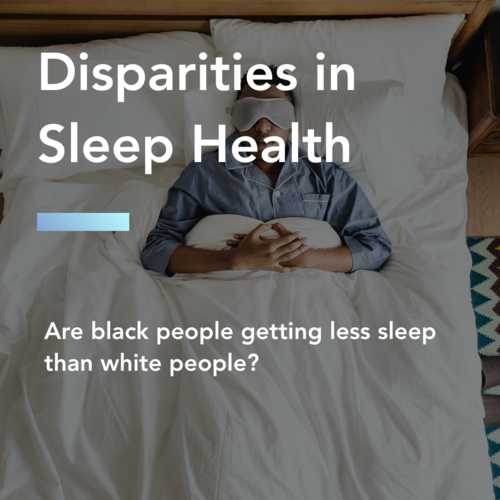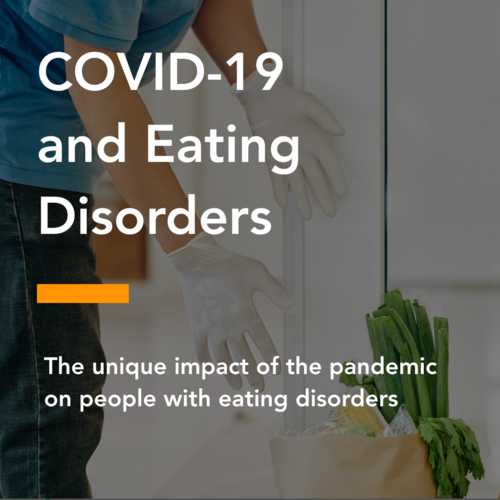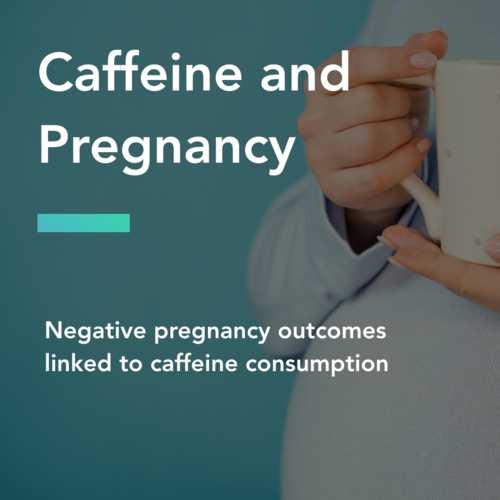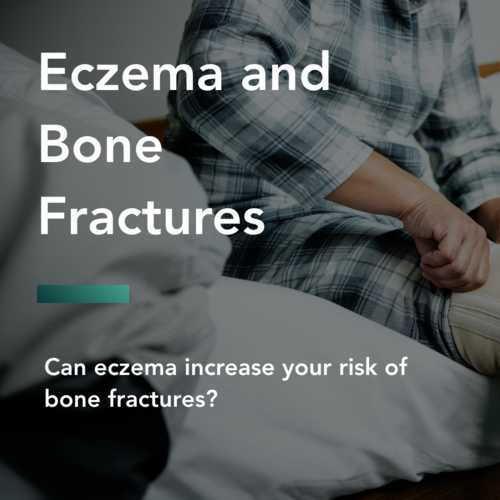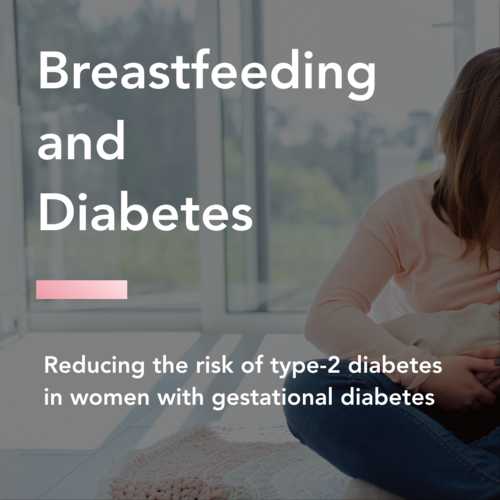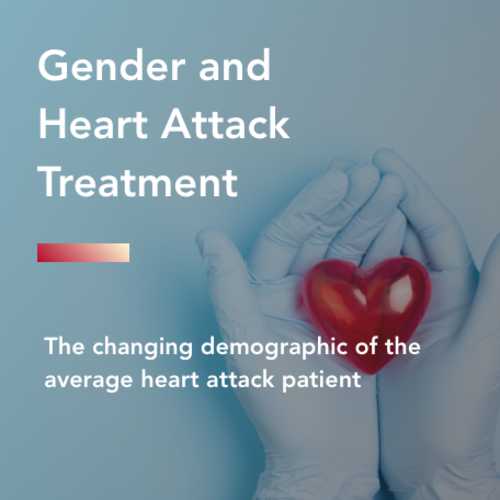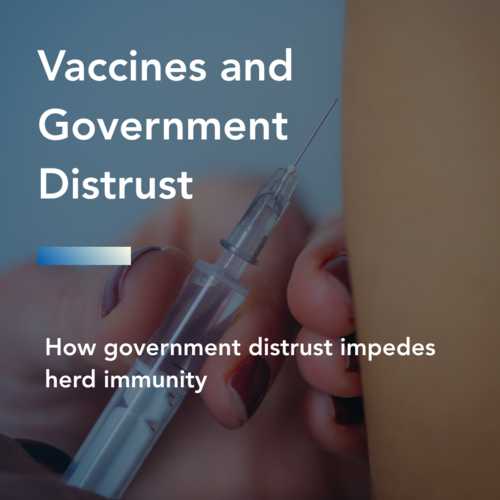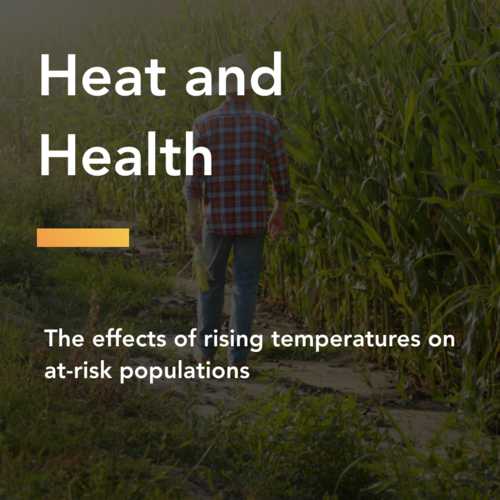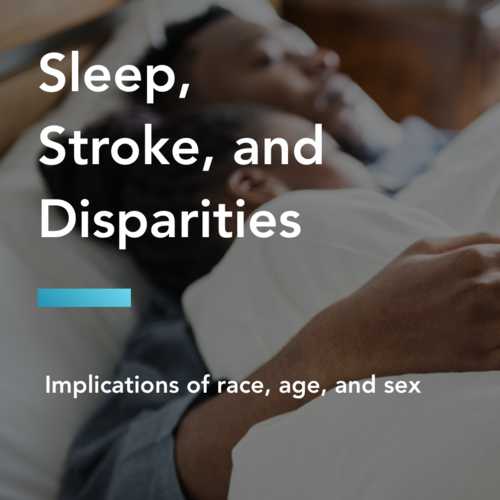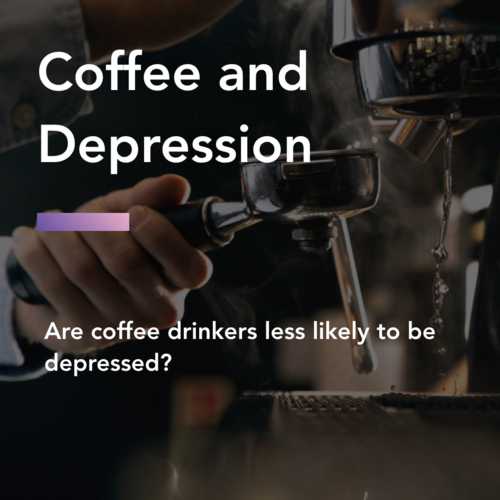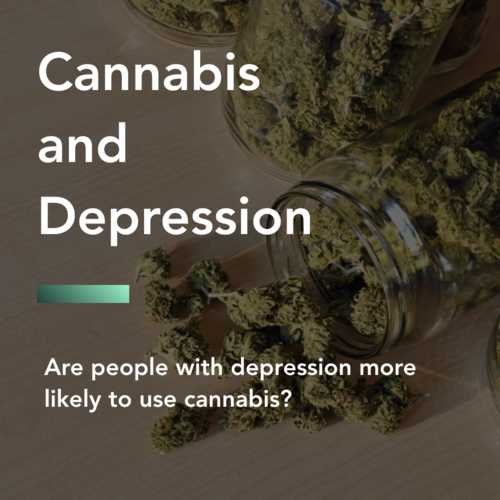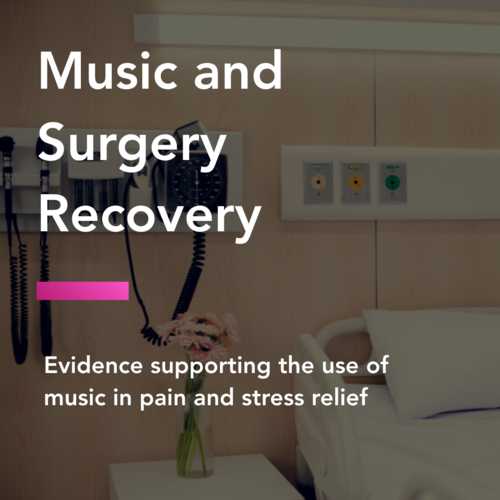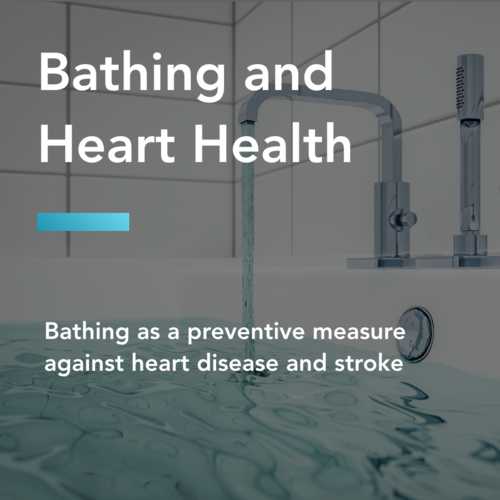
Health is one of the greatest benefits of equality in a society, and one of the greatest drivers. Without good health, it becomes far more challenging to pursue a better future for our families. Without good access to healthcare and a good education however, it becomes challenging to maintain good health.
The historic and present day landscape of equality and inequality in America has manifested itself in the markedly different health outcomes across race and income.
Today, we outline just a few key metrics to show how far we've come, and how far we still have to go.
Life Expectancy at Birth
Life expectancy at birth measures the expected average life span of babies born during a certain year based on current death rates.
This takes into account the health and mortality of current individuals in a group in order to provide an estimate for the next generation.
Based on data from the CDC shown above, we can see that black men and women have lagged white men and women. However, over the past few decades, black men in particular have made significant gains.
Everyone is living longer and our society has become more equal, but we still have a lot further to go.
Infant Mortality By Race

Infant mortality is a key metric reflecting how healthy our mothers and infants are. It also reflects the quality of healthcare for women and young children.
Infant moratality is defined by the mortality rate of newborns within their first year of life.
American as a whole continues to lag the rest of the developed world in this key metric.
African Americans have a much higher infant mortality rate than any race. Fortunately, this is declining, but a stark difference still remains. We've come quite far but we have a lot further to go.
Mortality Rate by Income

One of the most significant divisions remaining in our society remains our large income inequalities.
Your income not only determines where you live and where you go to school, it also determines how long you live.
The highest income individuals in our society live longer, healthier lives than those with the lowest incomes.
At age 70, 32% of individuals with low income will have passed away compared to only 8% of high income individuals.



